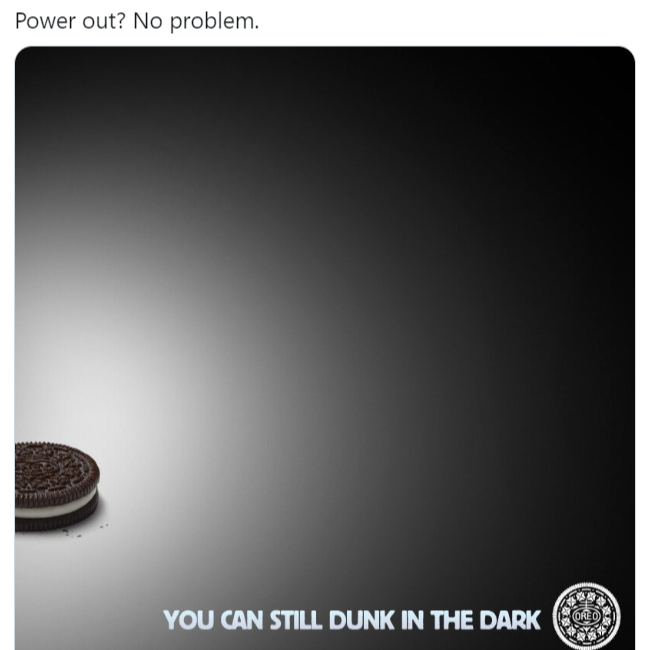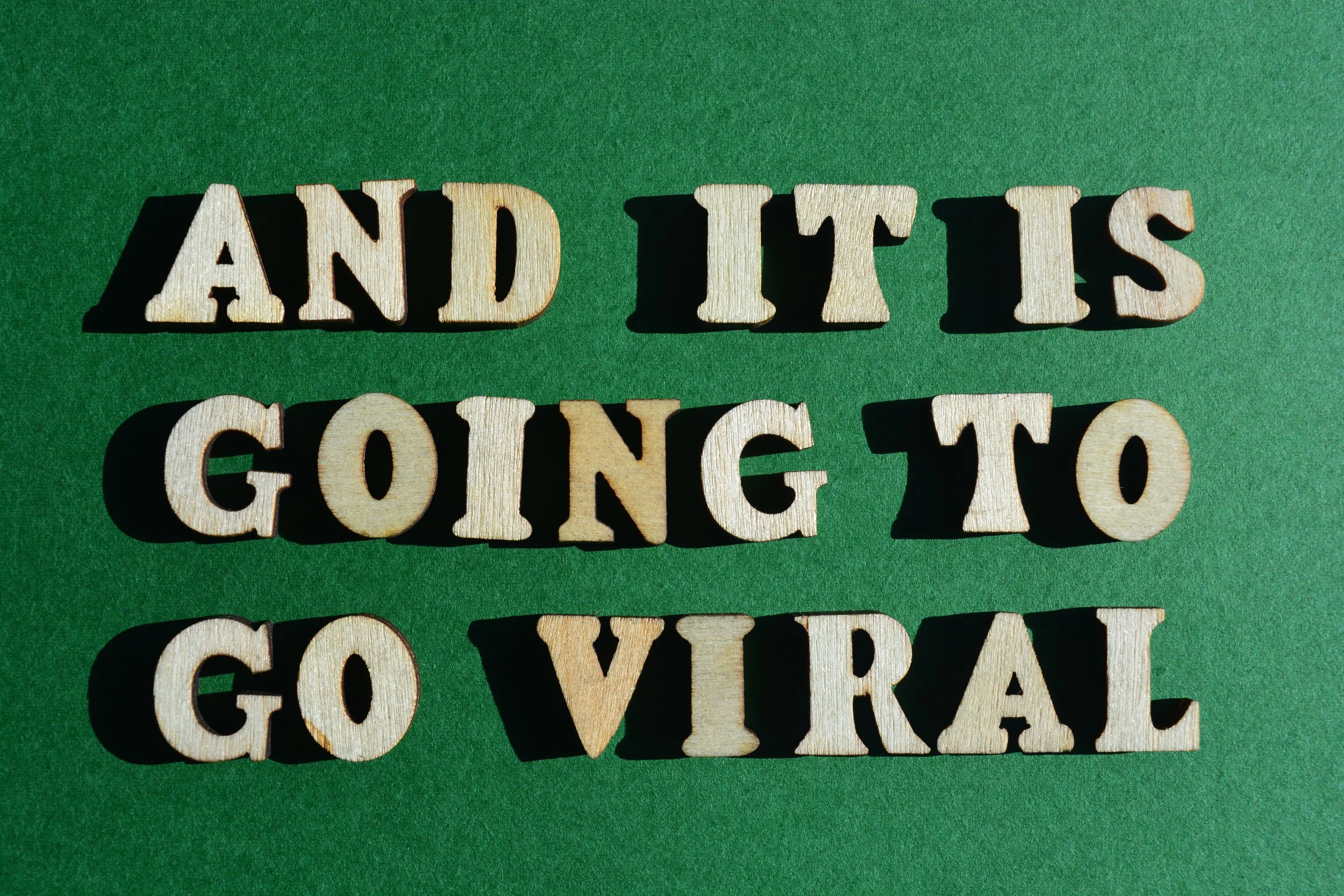Why I hate the word “viral”
Adobe Stock
“How can we make this go viral?”
I cannot tell you how many leaders have asked me this exact question over my nearly 15 years doing social. *Insert massive eye roll here.*
Let’s set the record straight.
“Going viral” has always been a bit of a misnomer, but the notion that you can make something go viral is kind of nuts. You can certainly create content that you think will appeal to the masses. You can try to be funny or clever. You can make your post all about cute puppies. You can hire a big-name celebrity. You can pay to promote your post. All of those things will absolutely increase your reach. But truly making something go viral is rare. Most things that do go viral do so on their own because people drive the spread of the post. It is very rare that a company sets out to “make something go viral” and actually succeeds.
And, let’s be very honest. Content from companies (even the big B2C brands) is still content from a company – which consumers have learned to view with a fair bit of skepticism and distrust. People know when your post is an advertisement, they know when a company is trying to spin a yarn, and they are less likely to share. So that means the bar is higher for content from companies. It’s pretty tough to go viral when you’re already at a disadvantage.
Now there are absolutely examples of content from a company going viral, or companies jumping in on a viral post that involves their brand.
Remember the Oreo Super Bowl post? Brilliant content created on the fly that went super viral (and one of my personal favorite social media posts of all time). But the folks at Oreo just focused on making good content that spoke to the moment – not the unrealistic goal of making it “go viral.”
Another example: Remember the Ocean Spray guy? It was September 2020 in the middle of the global COVID nightmare when Nathan Apodaka posted a TikTok video of himself riding his skateboard, lip-syncing to Fleetwood Mac’s “Dreams” and drinking a bottle of Ocean Spray. Both Mick Fleetwood and Ocean Spray’s CEO soon posted imitation videos, and “Dreams” hit No. 21 on the Billboard Top 100 – 43 years after it was first released. Ocean Spray then doubled down and thanked Apodaka by giving him a brand new pickup truck (filled with Ocean Spray products, of course). The video of the truck gifting was also massively popular – but not as popular as the original organic video from Apodaka that started it all. People, not companies, are the ones that make things go viral. Why do you think influencer marketing is so popular?
The original video posted on TikTok by Nathan Apodaka
Imitation videos from the Ocean Spray CEO and Mick Fleetwood himself
A follow-up video showing Apodaka and his truck full of Ocean Spray products
The truth here is that any leader asking “How can we make this go viral?” is asking the wrong question.
The right question to ask is, “Who are we trying to reach?”
For example, if I lead a B2B company that sells widgets for airplane engines, my target market is very small. I don’t care if I reach the masses because the masses are never going to buy airplane engine parts en masse. My audience is a very small segment of decision makers at airplane engine producing companies. So, my goal should be to reach that specific small audience. It should not be to get millions of views on a snappy piece of content that generates millions of likes from people who will never need to buy anything from us.
To make my point more sharply: Leaders who don’t get social often think “going viral” is the goal because that means lots of people will see your stuff or maybe hear about your brand. But put your business thinking hat on. The goal is to sell stuff. The goal is to create revenue. So, if your target audience isn’t “all consumers between 18 and 65,” should your social media goal be to reach millions of people or a very specific group of people that actually want to buy what you sell?
As part of this discussion, we must also acknowledge that social media has truly evolved since the early days. Now, users can choose which platforms they prefer and curate their feeds to really reflect their own personal interests. This echo chamber effect raises the bar for reaching people because you have to get into their feeds via a share from someone they know or brute force (paying to promote your content).
As I’ve said before, social media strategy now comes down to creating a bunch of small strategies aimed at specific niches. If all I care about is blue butterflies, I can literally shape my online feeds to only give me content about blue butterflies and connect me with other individuals around the world who also care about blue butterflies. So, if you sell food for blue butterflies or blue butterfly cages, this is your audience. And it’s entirely possible to “go viral” within one of these small niche communities. That would equal success. But most companies screw up the strategy by thinking about reaching the masses instead of reaching a smaller core actively engaged niche audience.
Instead of asking how we can make a piece of content “go viral,” instead make sure you first know who you want to reach and then ask how can we reach that specific audience. (It is shocking how many leaders can’t tell you who they want to reach.)
I’ll give you an example from my own life. I am an avid fan of the crafting hobby diamond painting (it’s been described as paint by numbers meets cross stich). I am a devotee of the company Diamond Art Club (DAC), and they have curated a very active Facebook community in a private group just for VIPs. There are more than 44,000 members and there are dozens of posts a day. Engagement is off the charts. Here’s a post welcoming new members. 3,100 reactions, 901 comments. All organic, just enthusiasm and excitement from a very active and excited niche audience.
If DAC wants to sell more diamond paintings, their first stop is our VIP group. We are the most enthusiastic followers, the most likely to share and spread the word, and – importantly – the most likely to buy whatever they are selling. DAC puts a ton of time and effort into this online community and I would bet (not being privy to their financials) that it pays off in tangible fiscal results.
So – please, if you can, remove “going viral” from your vocabulary and ask better questions. Your strategy (and your business bottom line) will thank you.
Adobe Stock







